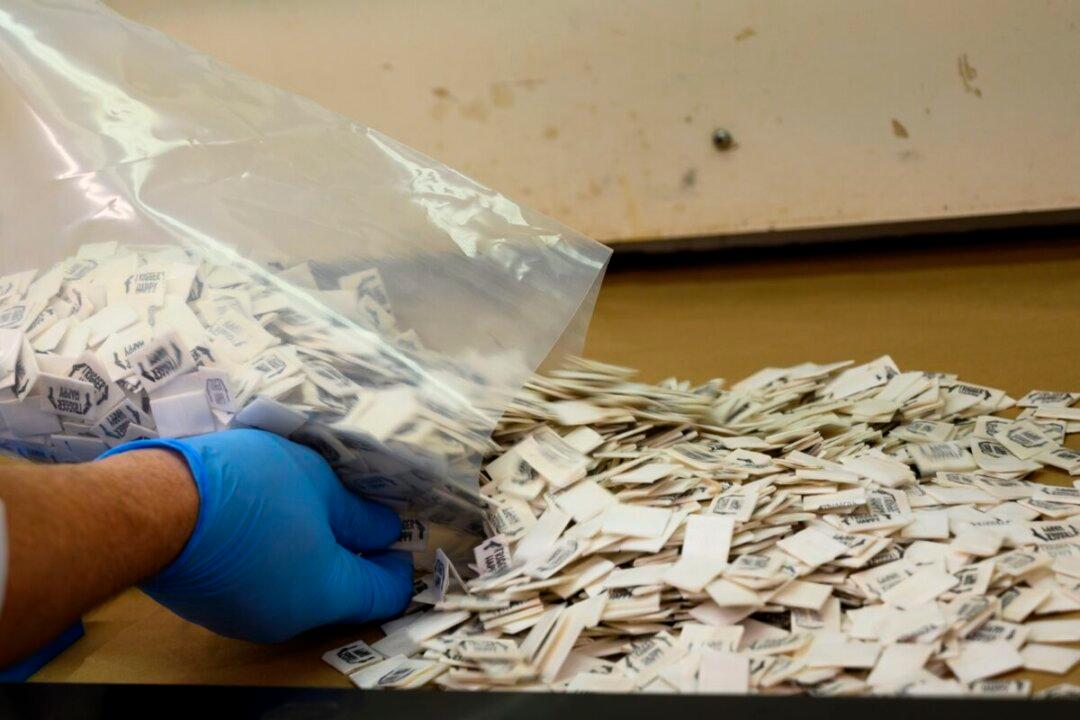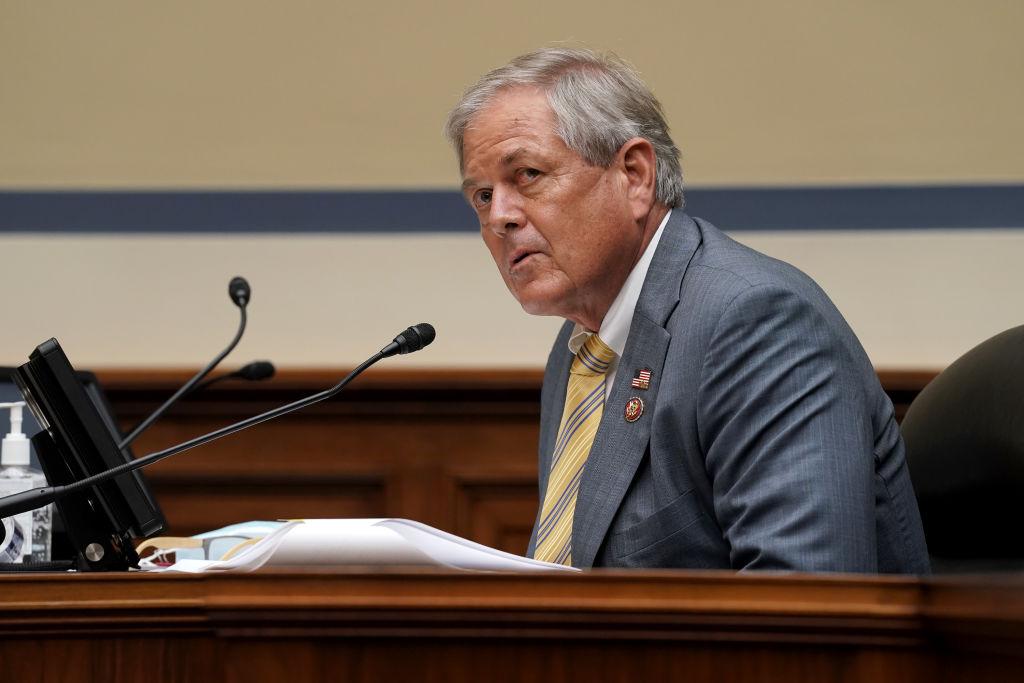Sam Bankman-Fried, a 25-year-old MIT graduate, left the quantitative trading firm Jane Street in 2017 to start his own hedge fund, Alameda Research. At first, the crypto-centric fund focused on low-risk algorithmic trades.
After two years of running the business, Bankman-Fried embarked on the ambitious goal of starting a crypto trading exchange that would become FTX.




